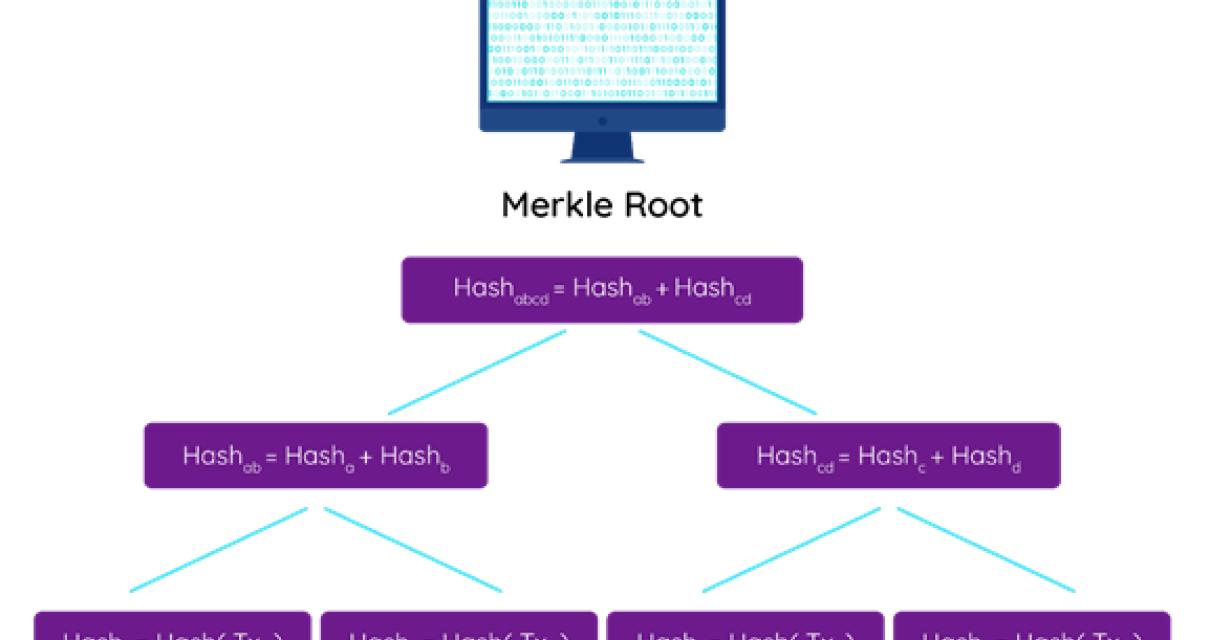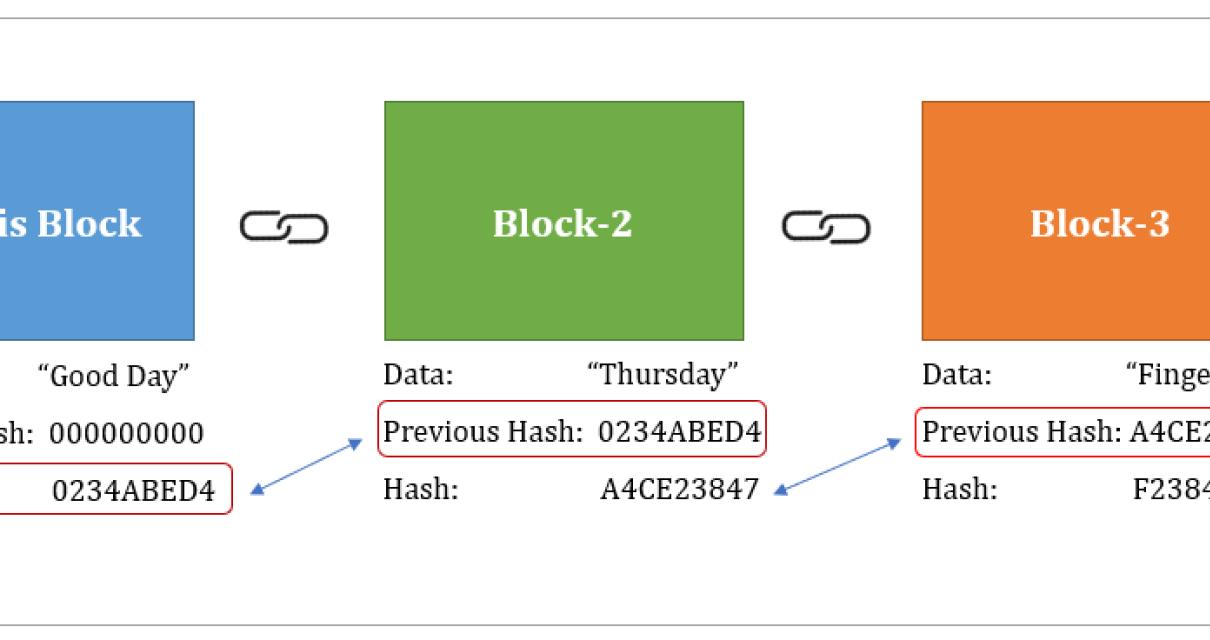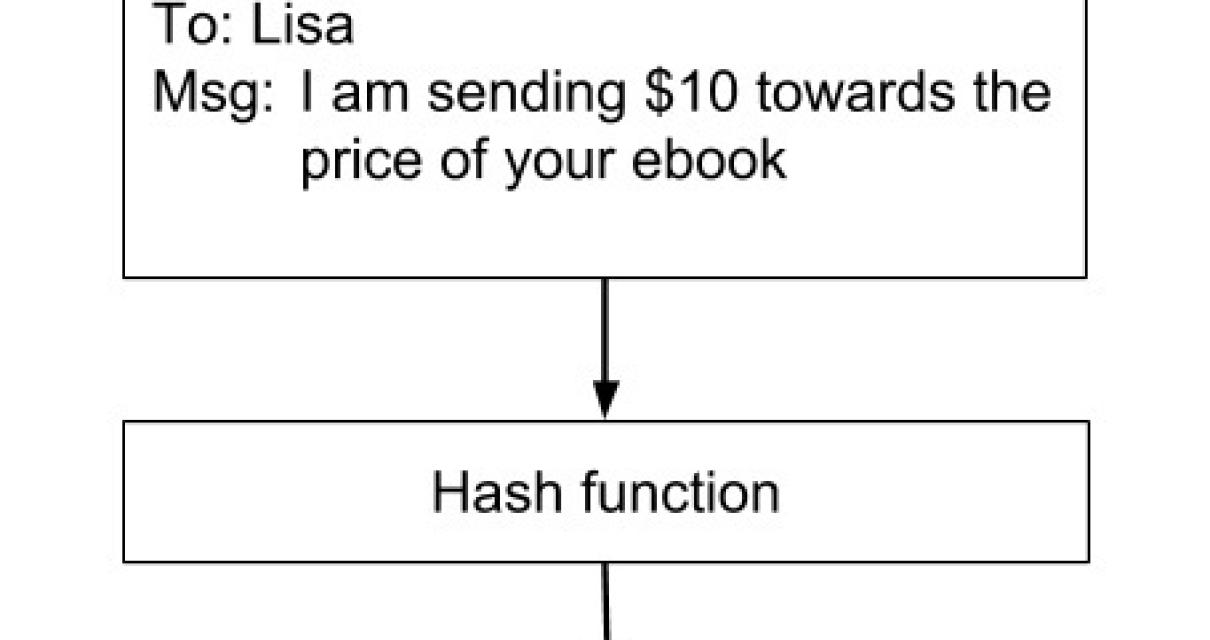What is the hash in blockchain technology?
A hash function is a mathematical function that takes an input of any size and produces a fixed-length output. A hash function can be used to create a unique, reproducible representation of data. The hash in blockchain technology is the unique identifier for a piece of data.
How the hash function works in blockchain 3.0
A blockchain is a distributed database that allows for secure, transparent and tamper-proof transactions. Transactions are verified by network nodes through cryptography and recorded in a public ledger. Bitcoin, the first and most well-known blockchain application, uses a hash function to create a unique digital signature for each transaction. The hash function creates a unique string of numbers and letters that is used to verify the authenticity of a transaction.

What is the role of hash in enabling trustless consensus?
The role of hash in enabling trustless consensus is to create a unique identifier for each block in the blockchain, which can then be used to verify the integrity of the block.
How does the hash function secure the blockchain?
The hash function secures the blockchain by creating a unique fingerprint for every block. This fingerprint is used to verify the integrity of the block before it is added to the blockchain.
How does hashing create tamper-proof ledger entries?
Hashing creates tamper-proof ledger entries by transforming readable data into an unreadable format. This process is called hashing and it is used to create unique digital signatures. A digital signature is a mathematical algorithm that is used to verify the authenticity of a document.

What are the unique properties of hash that make it ideal for blockchain?
The unique properties of hash that make it ideal for blockchain are its security and decentralization. Hash functions are difficult to reverse, meaning that it is difficult to create a fake block and tamper with the data within it. Additionally, the blockchain network is decentralized, meaning that there is no central point of control and no one can tamper with the data.
How does the hash function allow for distributed consensus?
The hash function allows for distributed consensus by allowing nodes to agree on a single hash value even if they are not physically located close to each other. Because the hash value is based on a data string, it is difficult for two nodes to produce the same hash value.

How can the hash function be used to create a decentralized network?
A decentralized network is a network in which the nodes are not necessarily located in the same location. The hash function can be used to create a decentralized network in which the nodes are not necessarily located in the same location. The nodes in the network can be located anywhere in the world, and the network can still function properly.
What are some of the benefits of using the hash function in blockchain technology?
Some of the benefits of using the hash function in blockchain technology include:
-Reduced security risk: Using a hash function allows for greater security when transmitting data across a blockchain network, as the data is not directly visible to other participants.
-Reduced processing time: The hash function enables quick and easy data verification, which reduces the processing time required for transactions on a blockchain network.
-Reduced user input requirements: The hash function does not require users to input any specific information, making it easier for them to participate in blockchain transactions.
Why is the hash function a critical component of blockchain technology?
The hash function is a critical component of blockchain technology because it allows nodes to agree on the contents of a block without needing to trust each other. Nodes can verify blocks by hashing them and then checking the resulting hash against the blockchain. If the hash doesn't match, the block must be rejected.